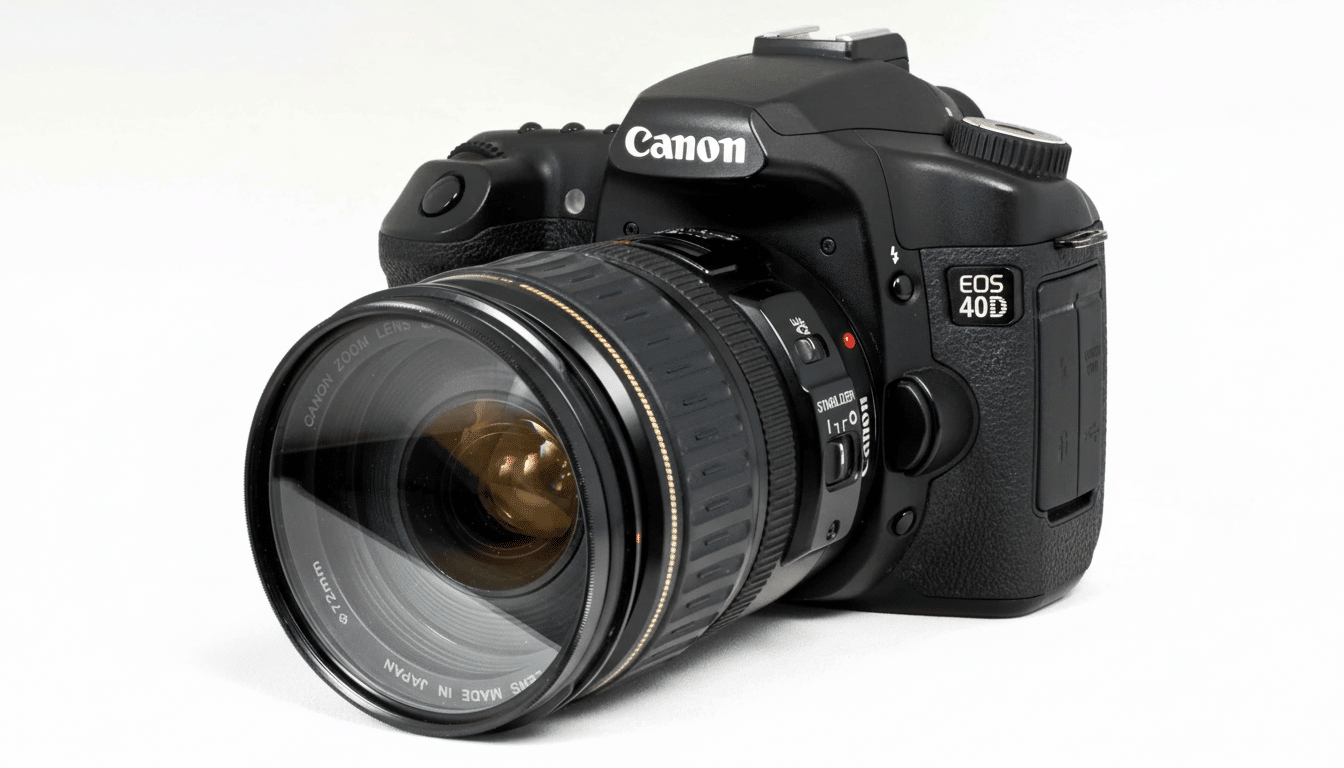Canon has just revived a pocket camera that, on paper at least, can’t quite match your smartphone in any technical respect. The Elph 360 HS A is a $379 camera that embraces a look phones won’t go near: tiny sensor grit, hard-edged xenon flash and no computational magic at all. That mismatch is the whole point — and it’s why this camera might be the right tool for a generation that’s after a different aesthetic, and a different way to shoot.
Why Canon Revived a 2016 Pocket Camera
Demand. The used market has been active with compact “digicams” with the classic point-and-shoot feel. When looking on eBay, completed listings of Elph 360 units reveal that working models — in various conditions, including new — can be had for something like $300 to $600, depending on condition and then-hip color, a far cry from once being a forgotten category. When a seven-year-old design suddenly begins fetching that sort of money a manufacturer takes note.

It’s also about taste cycles. The Camera & Imaging Products Association has recorded a long, deep slide in compact camera shipments, which have fallen more than 90% from the early-2010s peak, but the floor looks more steady now, as content creators are rediscovering pocket cams for their aesthetic. You see it all over TikTok and Instagram: the “deer-in-the-headlights” flash, the crunchy shadows, the throwback colors that don’t try to look perfect.
Where It Follows Your Phone
Let’s be blunt. The Elph 360 HS A makes use of a compact 1/2.3-inch 20MP sensor combined with a slow f/3.6–7 lens. Low-light quality degrades rapidly, dynamic range is limited, and there is no Raw option. Look forward to standard jpgs, and no HDR wizardry. Video is limited to 1080p where modern phones are cranking out 4K or better, stabilized footage, multi-frame night modes and computational portrait blur that apes fast glass.
Ergonomics are unapologetically retro, too. There’s Wi-Fi, but nothing touch screen. The data port is miniUSB. Storage moves to microSD. It doesn’t charge via USB-C — though the device uses a removable battery, so the EU charging mandate does not apply. Against the frictionless camera apps on your phone, this is bullheadedly old-school.
Where It Surprisingly Wins
The look. A xenon flash emits a quick, bright burst of light that suspends motion and creates that straight-shooting, shiny “party shot” look. LED phone flashes are just not designed for that punch or that character. If you’re angling for the club-photo aesthetic or channeling turn-of-the-century energy for your next Insta post, then this is the tool.
The zoom. The Elph’s 12x optical range (roughly 25–300mm equivalent) translates to the real thing, not digital mush. Phones are depending more and more on computational zoom or crop tricks. A cheap, actual real optical telephoto is useful for concerts, travel, or for just being creepy at candid street shots.
The mindset. A dedicated camera interrupts you less. No messages, no doomscroll detours. You frame, you press the button, you move on. Being apart makes them see differently, many creators tell me. It’s a creative constraint that heightens intention — something that algorithms can’t automate.

The battery. Replaceable cells so you don’t scorch your phone’s power shooting all day. That’s more important than a spec sheet for festivals, vacations, or long nights out.
The Market Is Voting With Its Cash
Specialists in used cameras have said they’ve seen sustained interest in compacts, and resale prices are showing it. MPB’s occasional peeks beneath the hood have highlighted robust demand for particular discontinued pocket models, while eBay data shows trades clearing at prices no one was forecasting a few years back. Reviewers may scoff — PetaPixel, in fact, highlights how dated the internals are — but the economics aren’t as weedy: a new, warrantied unit at $379 undercuts inflated used prices and eliminates the “pray it’s not a lemon” crapshoot.
It’s also a pragmatic portfolio move for Canon. Fan favorite compacts like the G7 X Mark III are rare and expensive on the used market. Reintroducing an entry-level digicam caters to the current vibe-led climate, but doesn’t necessitate re-gearing your products to a high-spec sector that would mean a lot more interest in R&D and the supply chain.
Who Should—and Shouldn’t—Buy It
Get it if you like the undeniable xenon-flash look, like the discipline of carrying a camera, and are looking for a legitimate optical zoom for your social/travel/nightlife content. If you’re pushing fast to social, the Elph’s Wi-Fi handoff is fine — and the files are light, so edits are quick on mobile.
Skip if you live and die by 4K video, like to trance out on night-mode magic, or require Raw files for your heavy color work. A smartphone today, or a compact or mirrorless body with a larger sensor, will produce cleaner images, give you better dynamic range, and sport newer features such as Log video or 10-bit capture.
Worse Than Your Phone — and That’s the Point
The Elph 360 HS A is not here to win lab tests. It’s also here to provide an aesthetic and a shooting experience that phones are deliberately designed to not give you. That makes it a niche product that does one thing very clearly. If what you are after is clinical perfection, your phone still wins. If you’re in pursuit of a feeling — and a look you can’t fake — this imperfect little camera nails it.

